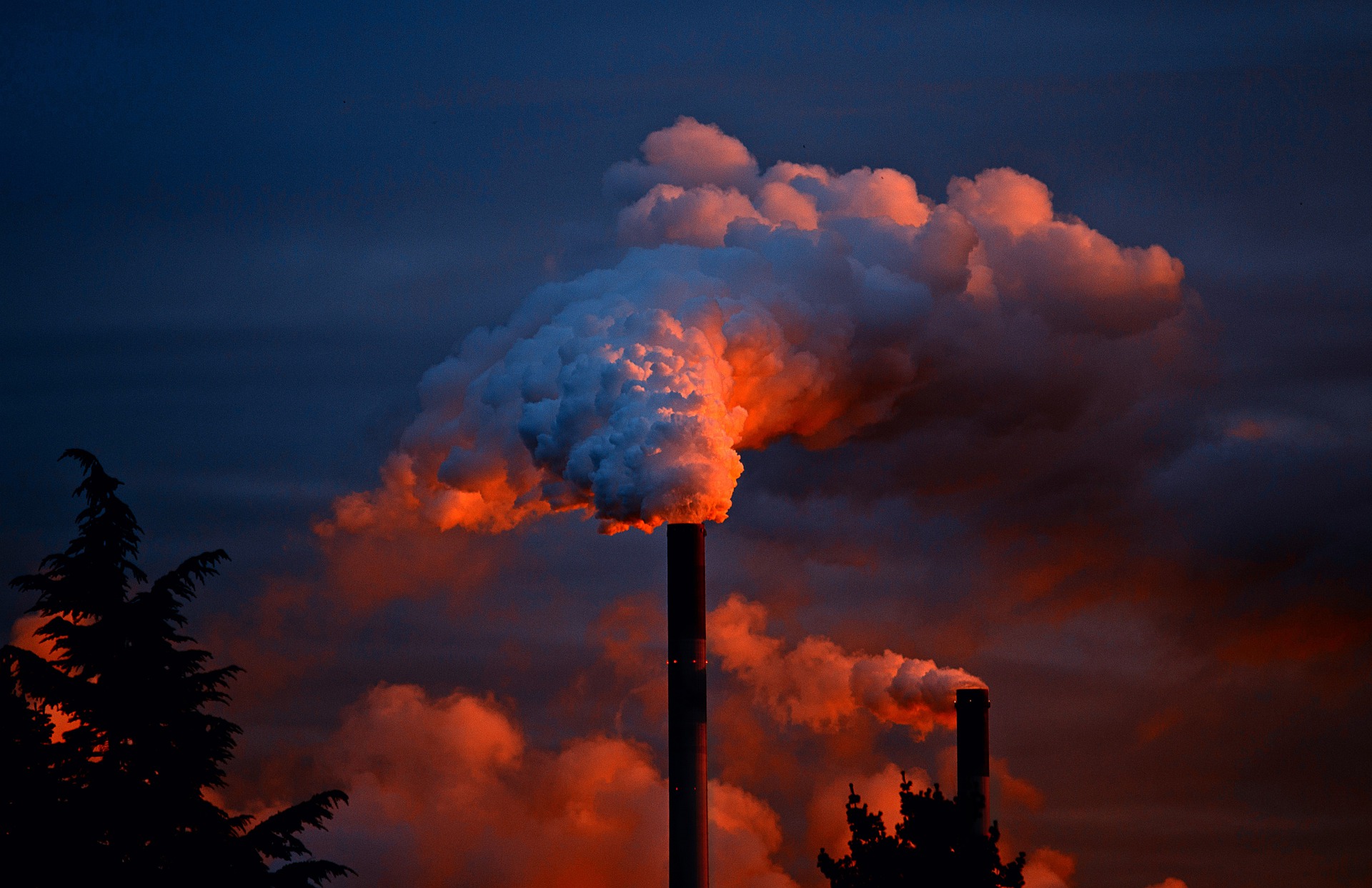
Te Whanganui-a-Tara – New Zealand’s biggest polluters will have to do more to help meet climate targets because of changes to decade-old settings that have allocated far too many free climate pollution credits.
Tackling climate change via the country’s emissions reduction plan relies on everyone playing their part, including the biggest emitters, who until now have been given enough free pollution permits to avoid having to make meaningful emission reductions.
When the emissions trading scheme (ETS) began it was decided that some companies would receive up to 90 percent of their pollution credits for free.
The purpose of this was to protect these companies from more lightly regulated competitors outside of New Zealand. However, the baseline used to decide how many credits each company would receive is exactly the same today as it was 12 years ago.
Over the last decade, major polluters have changed how they do business and are now receiving many more credits than they need.
The government at the time said it would begin phasing down the free allocation of credits from 2013, slowly driving up the cost of pollution.
However this did not happen, meaning New Zealand has been stuck with an out of date system that has directed large amounts of taxpayers’ money towards big polluters, while keeping emissions higher than they should be.
Allowing this to continue would be incompatible with the climate targets we have set so the government is making changes.
From 2024, the biggest polluters will receive only the pollution credits they need, making sure they play a major role in meeting the government’s second emissions budget.
The changes will remove a major obstacle to innovation, to industrial decarbonisation and the proper functioning of the carbon market. This will push the big polluters to make a larger contribution towards meeting a goal of building a net-zero future.
The is ETS fit-for-purpose, including reforms that have put a price on pollution and raise about $4.5 million for climate action.

